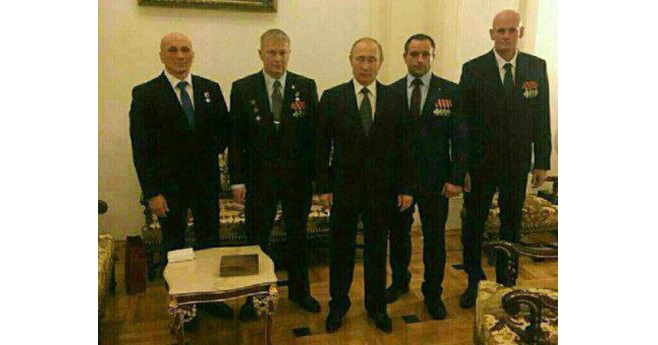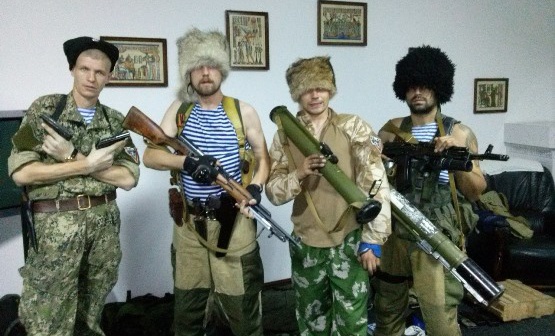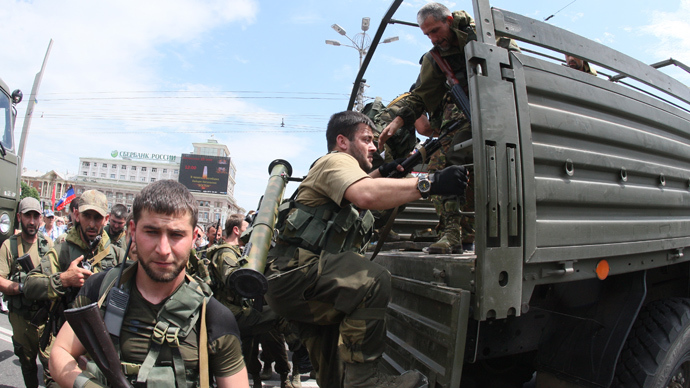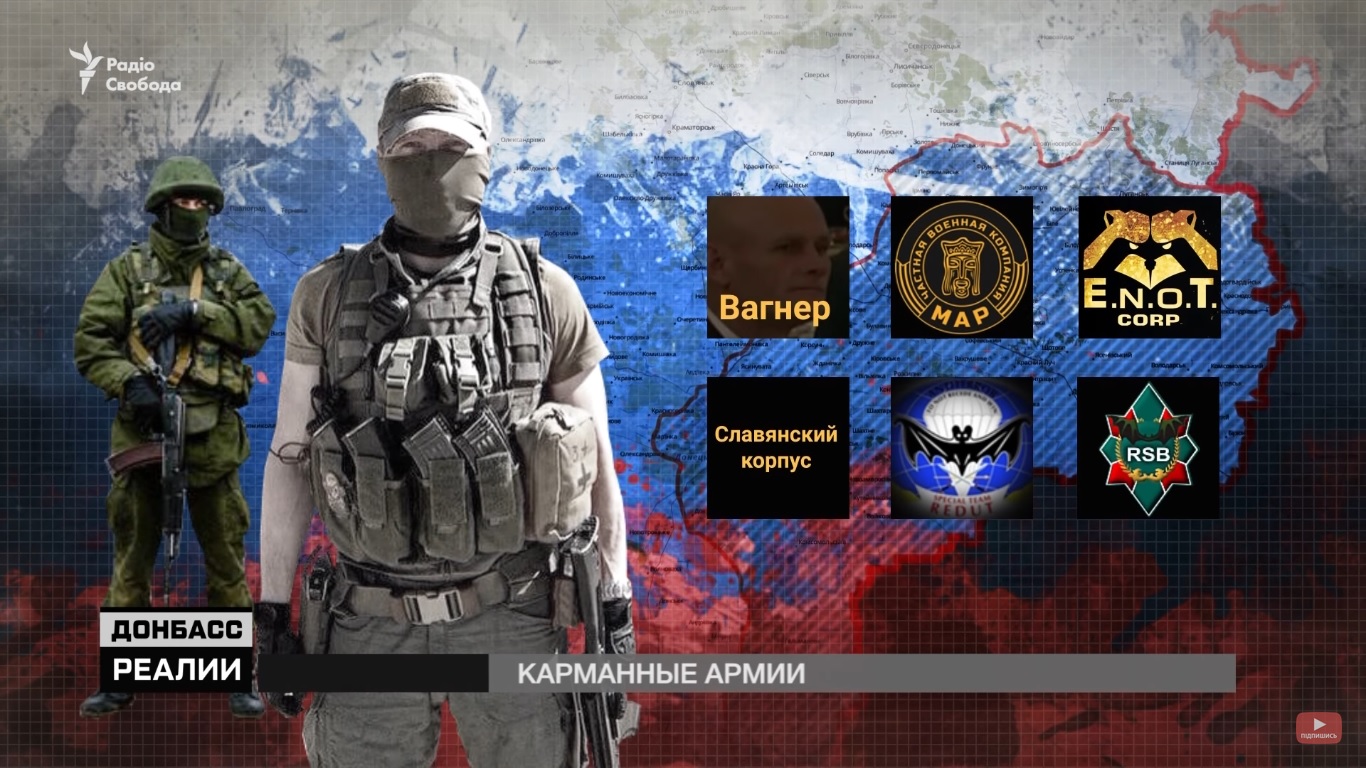With the passing of the World War II generation, few of whom now remain, Vladimir Putin appears ready to make “veterans of hybrid wars” a new symbol of the idea that Russia today is “a besieged fortress” and that it must restore the lost empire not as a communist project but as a nationalist one, according to Vadim Shtepa.
Shtepa, a Russian regionalist living in Estonia who edits the After Empire portal, says
that possibility reflects both the use of “warrior internationalists” at the end of Soviet times who did their “international” duty in Afghanistan and elsewhere and the rise of hybrid forces since 1991.
In addition to the deployment of “official Russian ‘peacekeepers’” in conflicts on the post-Soviet space, the regionalist says, Moscow has made use of “entirely new unofficial Russian [military] units which have called themselves ‘volunteers,’ ‘Cossacks,’ or otherwise,” Shtepa says. And such groups have a very different ideology.
“As a rule,” he continues, “in place of communist ideology, they profess Russian nationalism and ‘Orthodox values.’ Formally these units aren’t subordinate to Russian force structures, but in fact, there have been unofficial mercenary companies which allow involving in military operations defense, state security and interior ministry retirees who haven’t found a place in ‘civilian life.’”

The neo-Cossacks who have appeared in recent decades are part of this, and they are particularly valuable from the Kremlin’s point of view because they represent a movement that has arisen from below rather than one that it all too obviously created from above, thus allowing Moscow to present them as an expression of the Russian popular will.

In the case of the Chechens, Moscow has overseen the transformation of those who fought against Russia in the 1990s into warriors of the empire of a kind that recalls the Savage Division of the late imperial period whose soldiers defended the imperial state rather than advanced the interests of their own nations, Shtepa says.

In the course of Russia’s annexation of Crimea and its occupation of portions of the Donbas, the regionalist expert says, “the Kremlin has demonstrated a characteristic technology of its aggressive actions: they are carried out not by cadres of the Russia army but by anonymous ‘little green men’ without identification,” allow the Kremlin to say “’they aren’t there.’”

All this, he argues, is part of “an imperial revanchism” that seeks to extend the borders of Russia to include the former Soviet space but on the basis of “a different ideology” and “a different technology.” Instead of communism as the basis, Moscow wants this to be about “an imperial consciousness” arising from below “as ‘the will of the people.’”
“For the support of militarist attitudes, the ideology of ‘a besieged fortress,’ and Russia’s opposition to the West, the Kremlin already for long years has cultivated the theme of victory in World War II, having transformed May 9 into the chief state holiday
de facto,” Shtepa argues. But with the passing of its veterans, the Kremlin needs replacements.
According to Shtepa, “any empire, beginning with the Roman, has drawn its militarist legitimacy from a cult of veterans. Therefore, it is probable that in the course of the next Putin term will appear a growing propagandistic ‘heroization’ of participants” of various hybrid formations, with the Kremlin taking credit for their “work” rather than holding itself apart.
At least some of these “veterans” will be integrated into some kind of “’new patriotic elite,’” in order to replace any remaining people with “liberal and pro-European views.” That is because, Shtepa concludes, “the militarization of mass consciousness is the only ideological and psychological resource available for supporting a Kremlin-centric empire.”
Read More:
- Little green men: the annexation of Crimea as an emblem of pro-Kremlin disinformation
- Ukraine invasion “veterans” are bigger problem for Russia than ones from prior two wars
- Wagner mercenaries: what we know about Putin’s private army in Donbas
- The Soviet foundations of Russia’s Great Patriotic War myth
- Weapons from Donbas rush back to Russia sparking a rise in violent crime
- 50,000 Russian citizens fought in Donbas war in first two years, their ex-leader says
- The useless “heroes of Novorossiya”


